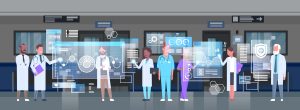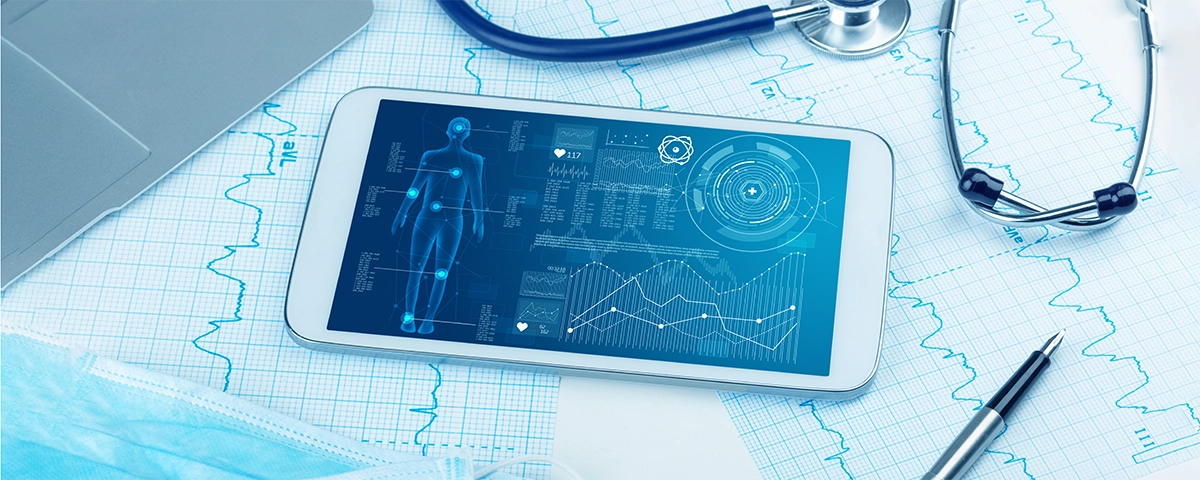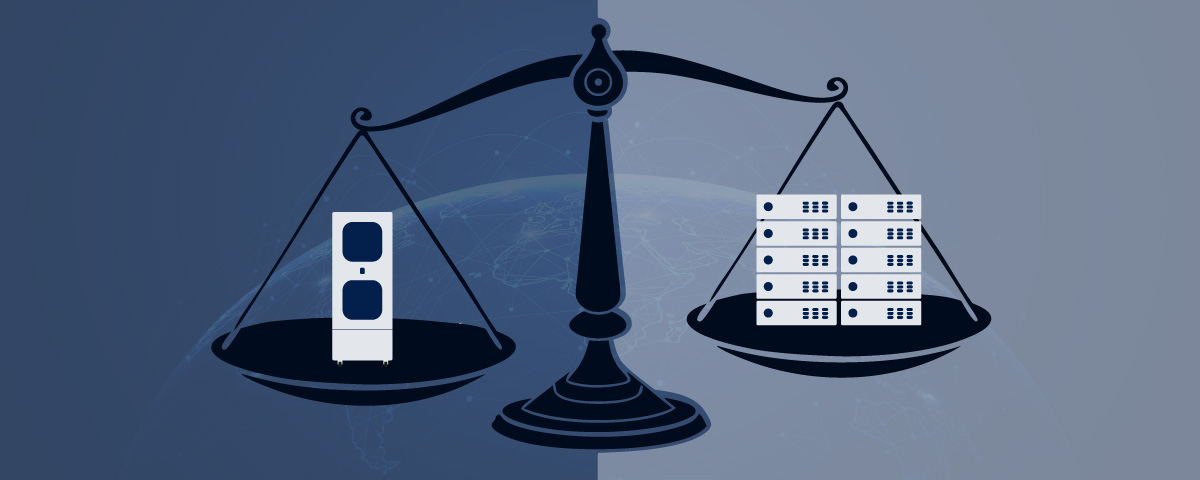Data generation within the healthcare and pharmaceutical industries is at an unprecedented high. A 2020 survey by Dell discovered an astronomical nearly 900% increase in only two years.
This is being driven in many ways. The IoT, AI, indwelling medical devices, robotics … These are just a handful of the applications that are spewing out ever-increasing information that needs to be managed, analysed, stored and shared. Plus the overarching need for all this data to have impenetrable security.
But that’s not all. In a large proportion of cases, this data needs to be communicated with low latency, remotely and in real-time. From a patient insulin pump through to data from blood test results, healthcare and pharmaceuticals depend on accurate and instantaneous record generation.
This is where Edge computing and associated Micro Data Centres are (finally) being embraced at scale. By bringing hyper-data processing and the necessary storage closer to the action, the ability of healthcare to carry out incredibly advanced techniques as the norm is finally becoming possible.
The benefits of micro data centres and edge computing for the health sector
Let’s first consider some of the sources that are responsible for this colossal amount of data:
- Hospital beds typically have 10-15 connected devices
- A dramatic increase in wearable healthcare devices
- Robotics performing intricate operational procedures
- Indwelling devices (pacemakers, defibrillators, cardiac monitors etc)
- Data that’s generated with every single patient examination (blood pressure, oxygen saturation, pulse rate, ECG results, etc)
- Blood tests and other investigatory results
This is just the tip of the iceberg when it comes to where healthcare data is generated. It currently accounts for around 30% of all global data.
Stored in and transmitted in a traditional manner of on-site data centres or in the cloud takes up tremendous bandwidth. In turn, this equals delays (latency) in the speed in which it can be transmitted. There are also the security issues associated with sending such sensitive data – there needs to be a cast-iron guarantee that this can’t be disrupted or intercepted.
Edge computing and on-site MDCs are playing a huge part in this revolutionary shift within healthcare. The ability to transfer data in real time, without a latency lag or the need to upload to the cloud before it can be analysed and used, is game-changing when it comes to medicine.
Some of the greatest benefits include:
- Strengthened cybersecurity: The right combination of Edge computing and Micro Data Centres provides an increased element of safety and security compliance.
- Operational efficiency: Test results can be quickly analysed and returned to clinicians far faster than ever, negating the historical delays caused through waiting for results to be returned
- Increased productivity: Automating many procedures frees up healthcare providers to remain hands on with their patients.
- Quicker and improved clinical decisions: With data at their fingertips, clinicians can make faster and better decisions regarding patient care.
- A better customer experience: Patients experience less treatment delays, faster diagnosis and expedited definitive care.
Together this adds up to a single element: improved healthcare for all.

Every person within a community will benefit from the advantages of Edge computing. From the speedy diagnosis of a potentially life-threatening condition through to a routine health screen or booking your annual flu jab, every element that improves healthcare efficiency benefits us all.
If there’s one positive to be taken from the COVID-19 pandemic, it’s that it dragged the risk-averse healthcare industry into the 21st century. The realisation that we need joined up, efficient (in both actions and cost) and digitalised health data communication and storage provision in place has spurred the industry into action.
Digital transformation is no longer an alien concept to be feared: instead, it’s come to light that the evolution must be embraced. We’re at the beginning of an exciting journey and Edge computing and associated Micro Data Centres are playing a pivotal role, so watch this space …
Get in touch to find out more about micro data centres and edge computing.





